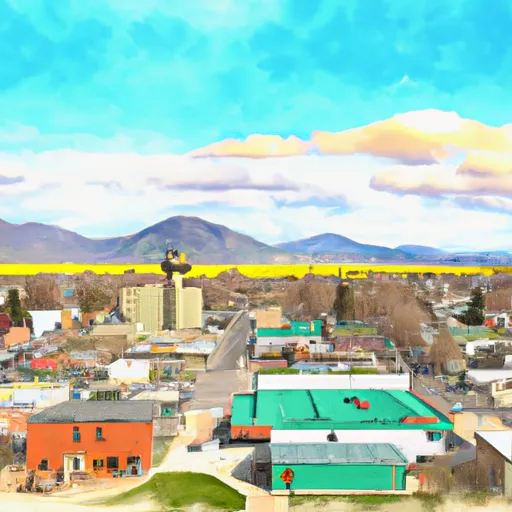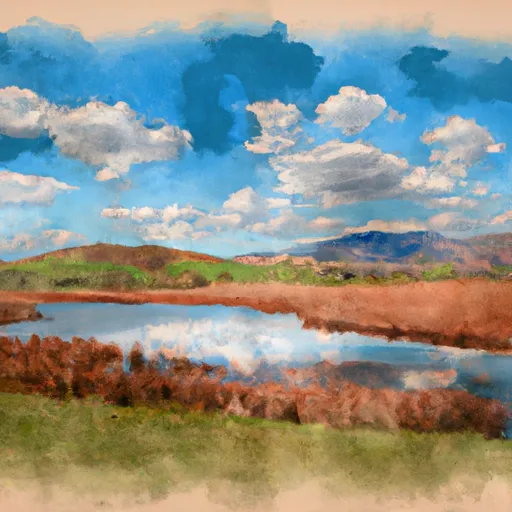°F
°F
mph
Windspeed
%
Humidity











Sugar City is a small town located in Madison County, Idaho. It experiences a continental climate, characterized by hot summers and cold winters. The average high temperature in the summer is around 83°F (28°C), while in winter, temperatures can drop to an average low of 12°F (-11°C). Precipitation is relatively low throughout the year, with an annual average of 16 inches (41 cm).
Hydrologically, Sugar City is situated near the Snake River, which provides the area with water for irrigation and recreational activities. The river is known for its excellent fishing opportunities, particularly for trout and smallmouth bass. Additionally, the nearby Teton River offers scenic beauty and water-based activities like canoeing and kayaking.
Outdoor enthusiasts will find numerous recreational opportunities in Sugar City. The area is surrounded by vast open spaces, making it perfect for hiking, camping, and wildlife viewing. The nearby Targhee National Forest provides opportunities for hunting, mountain biking, and horseback riding. In winter, residents and visitors can enjoy activities such as skiing, snowboarding, and snowshoeing in the nearby Grand Targhee Resort. With its diverse climate and beautiful surroundings, Sugar City offers a range of outdoor activities for nature lovers.
Weather Forecast
Sugar-City receives approximately 332mm of rain per year, with humidity levels near 77% and air temperatures averaging around 6°C. Sugar-City has a plant hardyness factor of 5, meaning plants and agriculture in this region thrive during a short period during spring and early summer. Most plants will die off during the colder winter months.
Regional Streamflow Levels
809
Cubic Feet Per Second
342
Cubic Feet Per Second
24
Cubic Feet Per Second
716
Cubic Feet Per Second
Nearby Camping
| Camping Area | Reservations | Toilets | Showers |
|---|---|---|---|
| Jefferson County Lake | |||
| Juniper Co Park | |||
| Twin Bridges Co Park | |||
| Kelly Island | |||
| Beaver Dick Park | |||
| Juniper Park - Ririe Reservoir |



